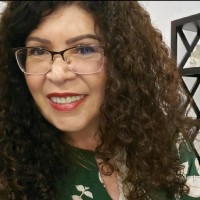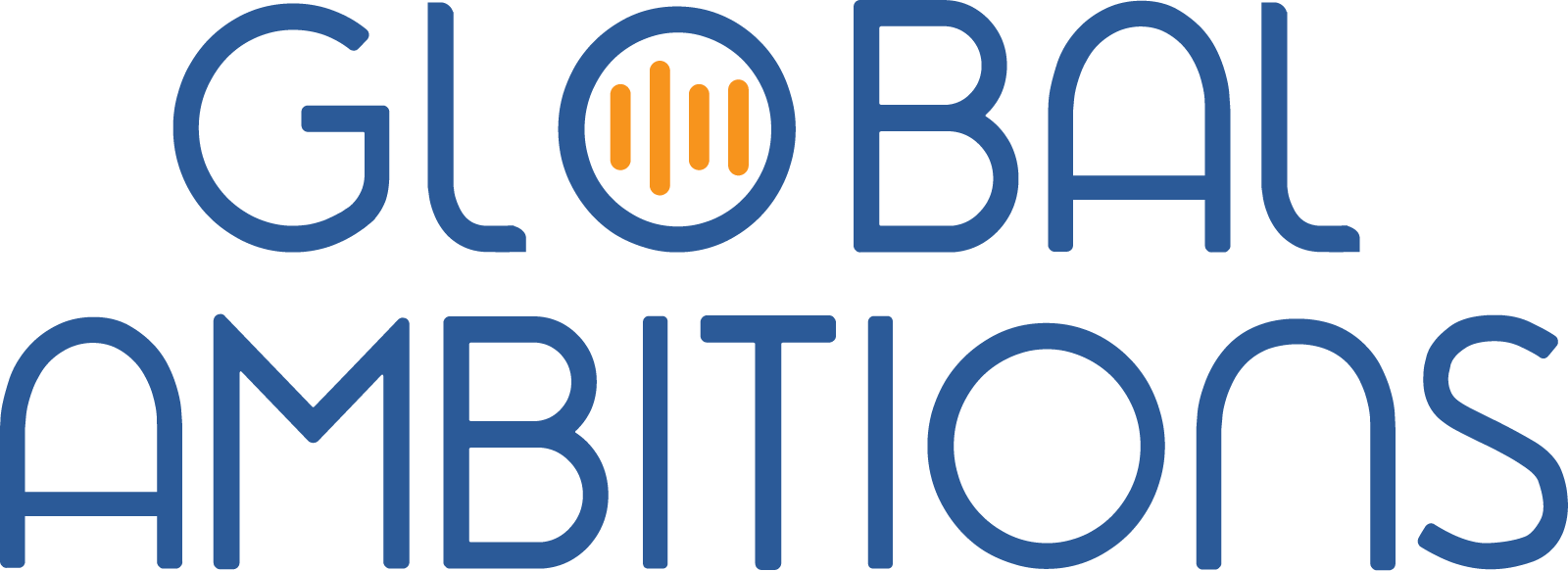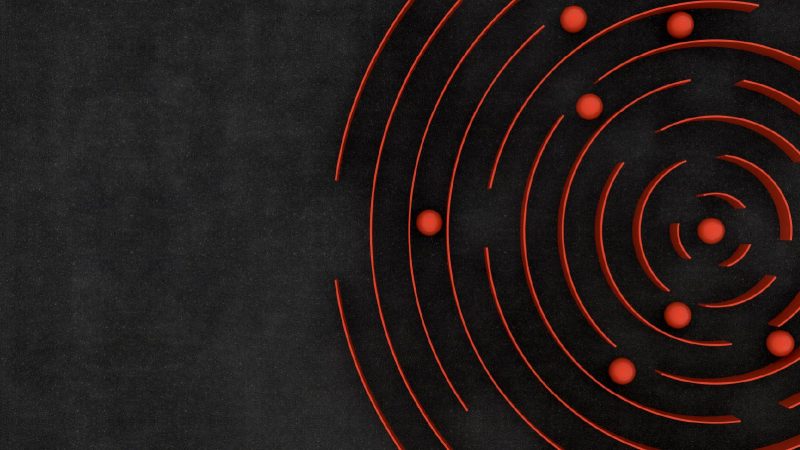With Adriana Grande, UX Localization Specialist at Roku
Below is a full transcript of this episode.
Antoine Rey
Hi, I’m Antoine, and I will be your host today for this Global Ambitions episode. And my guest today is Adriana Grande, Localization Specialist at Roku. Adriana, welcome to the program.
Adriana Grande
Thank you, Antoine. It is my pleasure to be here today and share some ideas with you.
Antoine Rey
Great. And today we’re going to be talking about UX and where UX and localization crossover. So where and how do you expand localization cross, do you think, Adriana?
Adriana Grande
Well, just as background information, I am a UX designer by trade, but I also am trained and localization. So it gives me a special position to be because I can see and understand both worlds and both needs. And I usually work contracts and I have done a lot of contracts in UX and a lot in localization. Currently, I’m working at Roku as a localization specialist, but I always have to work with, you know, using both lenses and I see the gaps. And that made me think about where localization and UX should cross.
One of the things that came to mind, which is kind of funny, is this idea that when you feed a baby, you burp the baby, they always come together. So when I think about UX and localization, they always have to be together or something is missing and somebody is going to be unhappy. So when and where do they cross? There are a plethora of places where they cross. However, instead of giving you a long list of where they cross, I thought about something.
The important thing here is to learn how to embed localization in all steps of UX design, of the UX process. It is usually discovery, research, design, and launch or some other variation of that. But there’s a place for localization to be collaborating and actively participating in all of them. So if you think about the beginning of the discovery process, there are so many things to consider from the localization point. Are we making sure we are designing for a global audience but at the same time being able to attend to the needs of a specific locale? So what are we doing about this? Is there a plan to further explore in different locales, languages, cultures? So what can you do to help the UX researcher and the UX design with that? If you are localization and if you are a UX person, then you need to think about it by considering the international ramifications. You need to talk to a localization person.
So usually I am a bridge in between those two teams or overall giving points and ideas on both sides. So what do you think about style guides in UX? You think about something very specific and when you think about localization, you also think about something specific. So how do you put those two together? There’s a need for collaboration.
So I always think and say, if you are a UX person, your best friend could be a localization specialist and vice versa, because these teams should always be collaborating. So there are things like UX research ethnographic studies. Are you doing these in one country and thinking I can just translate that result, thinking that behavior is universal? Sometimes it is, but sometimes it’s not. So what you need, you should talk to that person who is culturally aware and understands localization and language to come and participate and give you feedback. Am I writing the right questions for this UX survey?
Then moving on, if you are in the middle of the process, you create international personas. How do you go about that? Not only is it called internationalized, but what are you doing about terminology research when you are writing new terms? Let’s say your source language is English, which is what I’m working with now. Are you considering what that will mean when you have to translate that? Do those terms even exist in the other language? Will you have to create new terms? How are you going to go about that? Are you working with BiDi languages? How is design getting ready for it?
Antoine Rey
Right.
Adriana Grande
Design systems, if you’re creating a design system or your company has a design system, has it considered the ramifications of working with a different language? So in the future, we don’t have a problem with truncation. And where do you need transcreation for terms? Of course, that is not necessarily in the design system. But design systems are huge and people put whole teams in a lot of ideas into it and they rarely bring somebody from localization.
I had an opportunity recently to participate in a very interesting conversation on the creation of a design system because, something that I cannot disclose what it is specifically, but they came to me and asked, we’re trying to fix this one part. We have three options. What do you think would be best coming from a localization specialist? I stepped back and said your problem was not this. Your problem is this. So you’re trying to fix this, but you’re not fixing the whole picture. You need to fix for the whole international and global audience you’re going to have. So there’s a whole lot more that needs to go into it. And they’re like, oh, we’re going to have to push this project further down because we’re looking at this one little thing. So do not look through the keyhole when you have the opportunity to open the door and see the big picture.
Antoine Rey
Yeah. How does that apply in Roku specifically with the product that you have? You know, you have like an online service. But there’s also, if I’m not mistaken, a Roku remote control.
Adriana Grande
Yes, we have remote controls. The remote control is very simple. It’s universal and I think is one of the remote controls. I love it the best, among all others, because it has very few things. The secret of it is that everything you need to do, it’s on the navigation of the TV itself. So you go top and bottom, right and left, and then everything’s explained on the navigation. And it’s very user-friendly. We are very proud of the products we have created there.
I worked on the launch of the TV and the player in Brazil, so I went over all the content and all the UI strings to make sure not only they had been translated correctly to Portuguese, but they were user friendly. And a few things were interesting when it came up to it. We have this fun copy for messages. When you are waiting for something to be loaded and very American-centric, we have things like turning the solar panel or Star Trek references, not Star Trek references, but very kind of space-age reference. Well, guess what? In Brazil, nobody will care about that. And most people are not techies or Trekkies.
So I said, well, how would you feel if, while you were loading, I had a message that said, waiting for the rain to pass. It would make absolutely no sense for you. Well, guess what? In Brazil, it makes sense because there are places where it rains every day and people understand you’ve got to wait. So there’s that not only the language but culture expectancy.
Antoine Rey
And awareness.
Adriana Grande
And awareness. So we had to work on those.
Antoine Rey
And so that brings me to another question of how do you engage with the UX? You are in a unique position because you have a background in both, but in a lot of cases, the people listening to us may not have that background and may not have the experience to work with UX design. So if you can give a few pointers or advice on how do you engage with the other team from a localization perspective?
Adriana Grande
Yes, at Roku, because I was hired as a localization specialist, I had to reach out to stakeholders and other teams. So what I say is that first be very generous with your knowledge. Reach out and tell people, would you like to hear more about what I do? I would like to hear what do you do. And then just meet people. Now, if only you can meet anyone for thirty minutes. And I would say first make an inventory of everything you can share that is useful to the other side.
So if you’re localization, what can you tell UX people? And if you’re UX people, what can you tell your localization people? And have a list of what you can share. Plan a conversation of thirty minutes. What are you going to share in those thirty minutes and then boldly go out and contact people and just say, hey, I have something which I would like to share. Would you like to know? Grab a coffee, sit down in the coffee room. Do a zoom meeting. Whatever is your reality. And start doing this. You start the conversation there.
What I did because I really wanted to reach out to the major stakeholders, I start creating PowerPoint presentations. And one of the things I learned is that you pick one topic at a time. You want to talk about truncation and how truncation will affect code, but also design. Talk about truncation, make a presentation about that, because if you talk too much about too many things, everything will be forgotten. If you do one topic, they will listen to you and then do this continuously, but not overwhelmingly.
So I would say if you have ideas, prepare one for every couple of months, every three months, every six months. Don’t take too long because they will forget you, but take it long enough that they will take a breath. They would digest that idea, have a chance to implement something or at least know where you are and what you know, and come back and consult with you. I did that a number of times and that put me in a situation where people now know, oh, I have this idea. Let me check with Adriana and see what she thinks. And then you just talk about it.
Antoine Rey
Do you feel you’re developing that global mindset in those people in the UX team in that case?
Adriana Grande
Yeah, yes. You do have an opportunity to talk to many people and just get ready to learn, because even though you’re sharing that information, you will learn new things from them, too. So, yeah, exactly. So be open to what they are doing because people usually stay on top of their games in those industries. So you are always learning new things. The same thing is for localization. So as you keep that conversation going, you are constantly learning new things and you’re constantly collaborating. And that’s the key.
One thing that came to mind is that learn also how to get data to support your point. So if you’re going to do a PowerPoint presentation about truncation, go out there in the Internet and see who has case studies or what kind of information you can get. So it’s not just your word. Say that this is important, guys. You have data to back you up. So those are important things to learn. And I learned that by putting all those things together, you get people’s attention. I’m sure there are some interesting pictures out there of communications in different languages that you can use to illustrate your point. It did different things.
I actually talked to a friend of mine, and she didn’t mind me, using her example. She’s a UX designer. Her name’s Li, but Li spelled with L I instead of L E E, and she was sharing a story about how she always has a hard time filling out forms because every once in a while she comes across forms that say use the last six characters of your last name, use at least four characters of your last name, use three characters of your last name. Well, her last name has two letters and her first name has three. So even putting her whole name together, she will not get those requirements. And to her, she’s like, this is so frustrating. Why?
This is because the UX people who created those forms didn’t think about localization in terms of who are the audience. And also it doesn’t even matter where you are because there’s plenty of people everywhere in the world. I have friends who are Indian whose names are super long. So if they had a limit of six characters, they can’t write their whole name.
So think about it. Am I creating constraints as I’m designing and the only way to know that is to talk to somebody else on the other end?
Antoine Rey
And it’s interesting because we’ve had a few people on the show talking about UX and how early in the process should you engage. Similar to with development teams and internationalization. You know, with Tarja from Oura and now yourself. And it seems that the earlier you get engaged with those teams, the better you educate each other about on one side UX and on the other side localization to make sure that’s taken into consideration for a better product for an international audience.
Adriana Grande
Exactly. I usually say people who are interested look for a couple of things. When creating a feature, try to be in that process in the beginning. Because I had an opportunity to be in the creation of a feature for a Roku that was only going to show in Brazil. So it made no sense to create that feature based in English and then translate because that’s not the reality of the user who is going to be doing this. So that feature was created. They called me to see what would be the best experience for the Brazilian, on the other hand, using it. And then we thought about localizing it, updating features.
When can you be there? As soon as possible. Also solving problems. What kind of problems can you solve? Ian Li, last name in a form that’s a problem to be solved. So look into your product if you have those kinds of things and also look for gaps if there are gaps that need to be filled. So if you want to find case studies in your own product and your own company, look for those things and other things.
Get to know your product well, deep, and wide, because only with that knowledge you will have the opportunity to look at where can you come in and say, oh, we should be looking at this. We should be looking at this point in design. We should be looking at this point in localization if it’s localization. Your glossary, take a look at your glossary. Has the glossary really considered the ramification of a good user experience, or are we just translating terms? Is it time to use some transcreation? So talk to the UX writer of the company. There’s a lot of things to be done.
Antoine Rey
That’s great. But listen, Adriana, we coming to the end of our session, and thanks very much for some insightful ideas and experiences that you’ve gone through. I’m sure, a lot of our listeners are probably going through something similar and might reach out to you then.
Adriana Grande
Absolutely. Please do.
Antoine Rey
Great. Well, listen, thanks very much for coming on our show and we’ll talk to you very soon.
Adriana Grande
All right. Great to see you, too.

Adriana Grande
User Experience Localization Specialist at Roku




